Planting cabbage in the garden it is simple and with the right care you can get great satisfaction. However, there are some precautions to be taken at the time of transplanting, and precise cultivation techniques to follow to grow healthy and luxuriant plants. Cabbages are the most cultivated vegetables inautumn vegetable garden and winter. There are numerous species and varieties of them, so there is a lot of choice when we decide to grow them.
So let’s see what are the steps to take to grow this vegetable. Furthermore, we understand which are the most common pests and diseases of this plant and how to eliminate any infestations without using chemical pesticides.
Botanical identification of cabbages
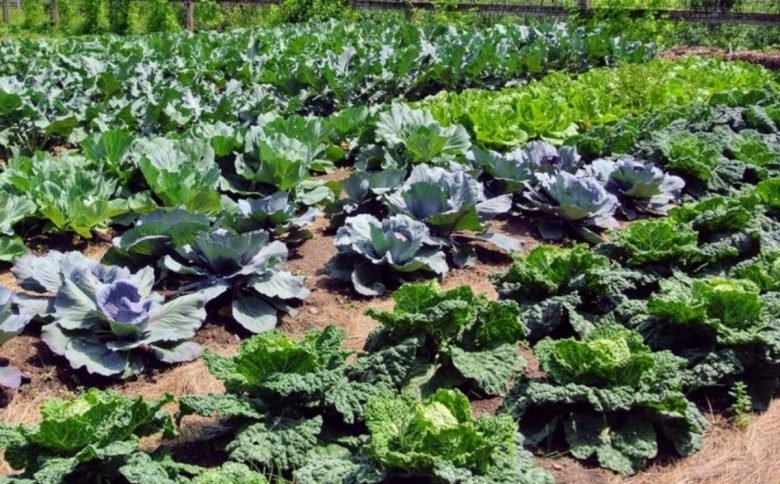
Cabbages belong to the big one botanical family from the Brassicaceae or Cruciferae. Derive from wild species Brassica Oleraceathat over the centuries gave birth to numerous other different species and varieties.
What are the cabbages to plant in the vegetable garden?
Here is the list of the most cultivated cabbages in Italy: romanesco broccoli, Brussels sprouts, cauliflower, broccoli or black cabbage, cabbage, black cabbage or Tuscan, kohlrabi, kale or kale, savoy cabbage, pak-choi or Chinese cabbage.
Cabbage cultivation period
In home gardens, cabbages are grown mainly in the autumn-winter period. This is because they are plants that love a temperate climate and suffer from excessive temperatures. On the other hand, they are less cold.
Of course, cabbage can also be grown in spring, but the risk is that they go to seed prematurely, ruining the harvest. In cool weather, the cabbage keeps longer and there is more time for the farmer to harvest.
Keep in mind that the leaves or the immature inflorescences (cauliflower, broccoli) are consumed of the cabbages. To enjoy them at their best, they must therefore be healthy and not too far away with maturation.
Plant the cabbages in a staggered manner
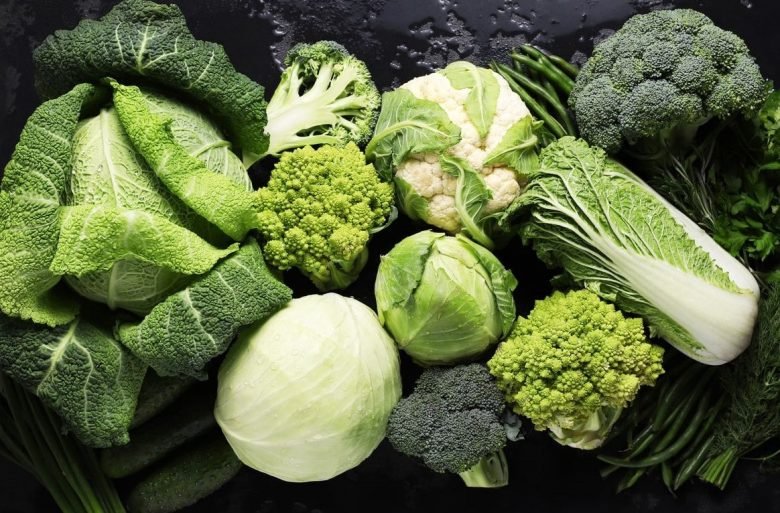
A first suggestion that we would like to give, if we want to plant cabbages in the home garden, is that of a scalar planting. Let’s take an example with cauliflower. There are several varieties of this cabbage, which differ mainly in the ripening period (early, medium, late). Suppose we plant 30 cauliflowers in our garden. If we planted only early varieties, we would find ourselves with 30 mature plants at the same time, to be harvested in a short time. This is an inconvenient eventuality in a home garden (but also on a farm). It is therefore advisable to plant in a scalar way, i.e. 10 early, 10 medium and 10 late varieties. By doing so, we will be able to collect calmly and for a longer period.
Choosing the best seedlings
It is very easy for the cabbage seedlings to be planted in the garden to be purchased from nurseries. The moment of purchase of the seedling is decisive for the success of the cultivation. The seedlings we buy must be young, not too late in growth. By purchasing and transplanting old seedlings we will have the result of not obtaining a vegetative restart and therefore a healthy growth. In other words, old seedlings do not grow well, stay small in the ground, develop few leaves or inflorescences. In short, they disappoint, and the less experienced cannot understand why.
So, when buying your cabbages, take a good look at the seedlings. They must not have yellow leaves, too hard stems and, above all, too developed roots.
A trick to understand if they are good is to remove them from the alveolus, if the root is compact and tangled, desist from buying. The roots must be white and open.
The right soil for growing cabbage
For a successful cultivation of cabbage in the garden it is important to have the right soil. Cabbages grow well on loose, deep soils with a good endowment of humus. They shy away from the clayey soils and asphyxiated, which give rise to the formation of water stagnation.
They like a good basic fertilization, which can be done using del mature manureof the pelleted manureof the home compost orearthworm humus.
At what distance are cabbages planted?
Almost all species of cabbage give life to quite bulky plants. To grow well, these plants need adequate space. When we plant we must think about the maximum development of the crop, not look at the small plants we have in our hands and put them one next to the other. Below is one table for planting cabbagewith the minimum and maximum distances, on the row and between the rows.
Why is it better to plant cabbage with a wide sixth?
In addition to improving growth, giving the plants the possibility of expanding, a large sixth of cabbage planting prevents the onset of harmful fungal diseases, such as botrytis. When there is the right distance between the plants, the air circulates better, the humidity stagnates less and, therefore, less rot occurs. Furthermore, the collection phase is facilitated.
How to grow cabbage
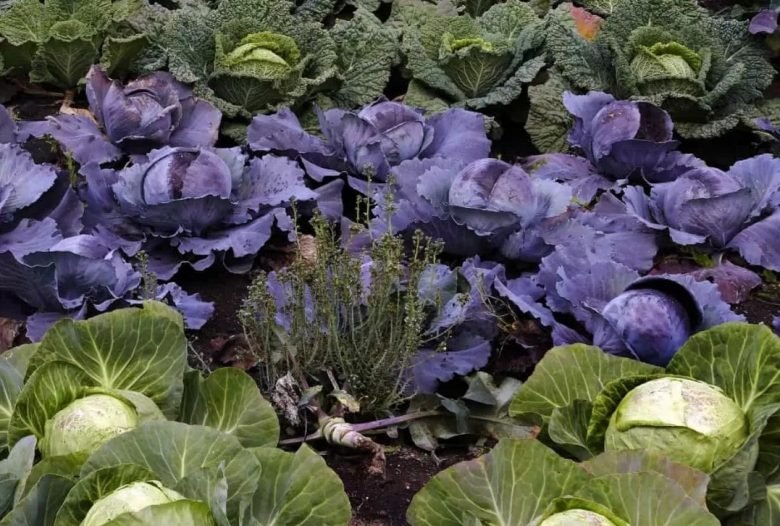
Cabbages are plants that do not like dry soils and lack of water. This is especially true in the post transplant phase, when the young seedlings have to free themselves (root). For this, for irrigate the vegetable gardenit is better to provide artificial irrigation with the drip system or by scrolling.
However, we mentioned earlier that cabbages are grown in autumn-winter, when rainfall should be frequent. So, if the season is normal, with regular rains, you won’t need support irrigation.
Irrigate the plants when the soil is dry, do not cause water stagnation.
How to tuck up
It is customary to practice the cultivation technique on a cabbage cultivation tamping. This is a practice to do with one good hoe (like this one). Thanks to this, the earth is “brought back” to the base of the plant, to the “foot”. In this way we stimulate the enlargement of the stem and in general we strengthen the plant, which will better resist wind and precipitation. The tamping also keeps the soil clean from weeds.
Cleaning the diseased leaves
A cabbage plantation has on average a long crop cycle, from 60 days for the early varieties, up to 120 days and more for the late ones. It is normal for some leaves to turn yellow and deteriorate during this period, especially those at the base and, therefore, closer to the ground. A good habit is to clear the plants of these damaged basal leaves. This makes them stronger, less attackable by parasites and rot and more aesthetically beautiful.
How to prevent cabbage diseases
Cabbage plants are also crops prone to fungal diseases, that is, caused by fungal pathogens. Among these we have thecabbage herniathe aforementioned botrytisalternariosis, septoria, the rot of the collarsclerotinia andpowdery mildew. These diseases are certainly favored by the presence of water stagnation, but above all by an errata crop rotation. In other words, it is important not to grow cabbages in the same place all the time. Furthermore, at the end of the cycle, all potentially infected crop residues that remain in the soil must be carefully removed. In agricultural books you will find written that cabbages are not planted on the same land until 5 years have passed. This is especially true for intensive farming, where diseases are more difficult to avoid. In a home garden this prescription can be reduced to 2 years (obviously in the absence of diseases).
Cabbage pests and remedies
There are several pests that are fond of the cabbage we have planted in our garden.
Among these the main ones are: the snailsL’cabbage waxy aphidthe cabbage and the cabbage night.
As for snails, an effective method to keep them away from plants is the predisposition of traps with beer. The waxy aphid is eliminated instead by resorting to soft potassium soap. Finally, the best organic remedy for cabbage and nocturnal is bacillus thuringiensis var. kurstaki.

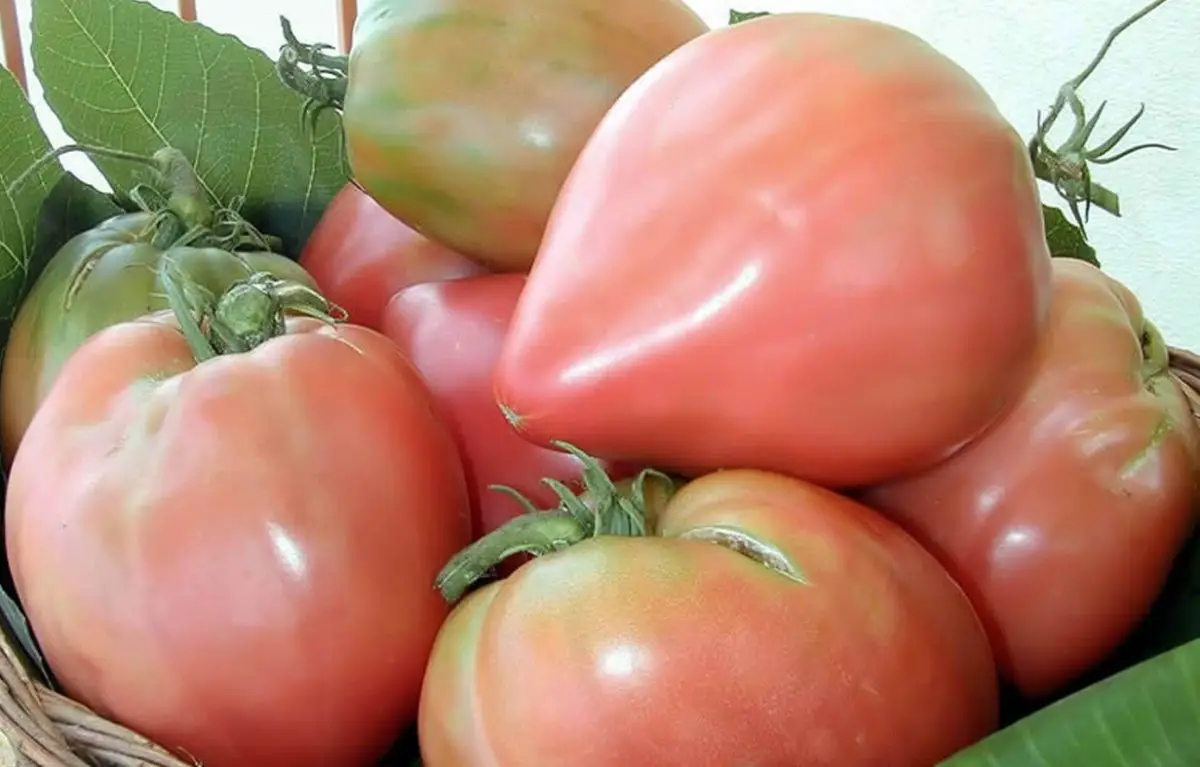
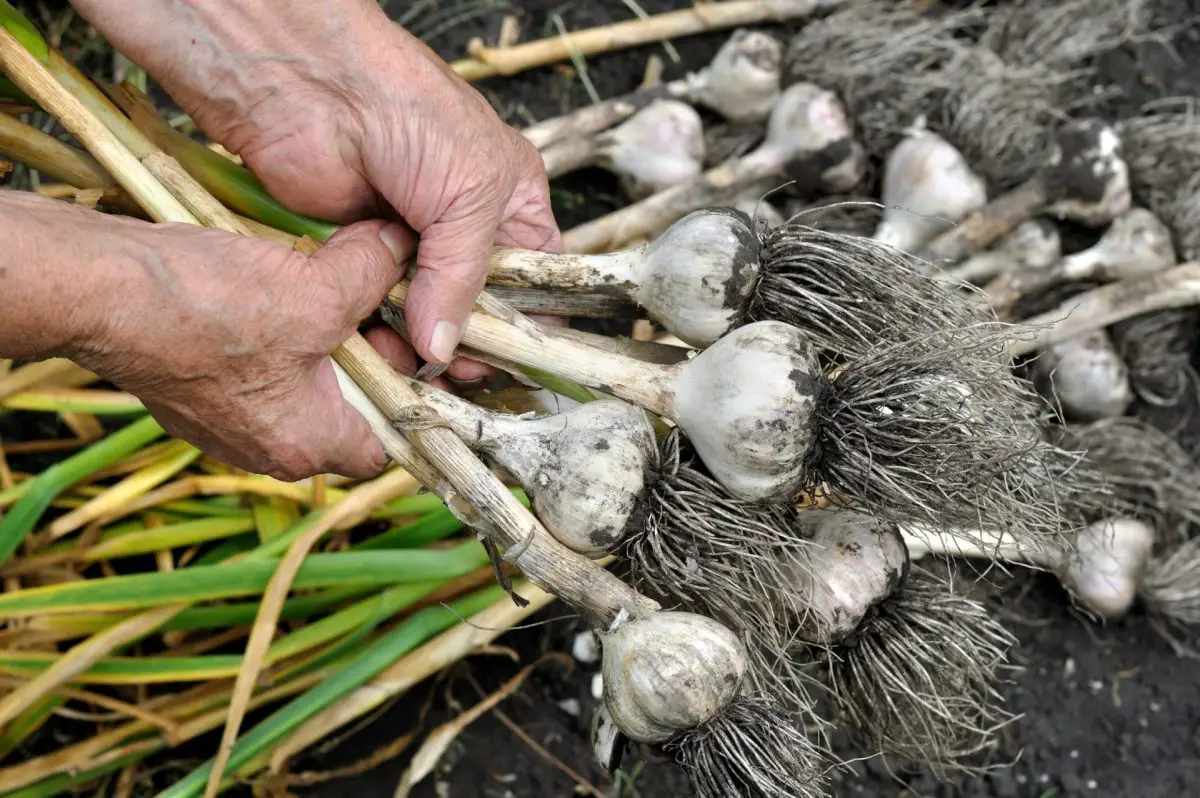
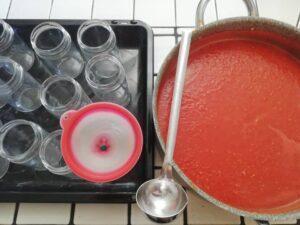
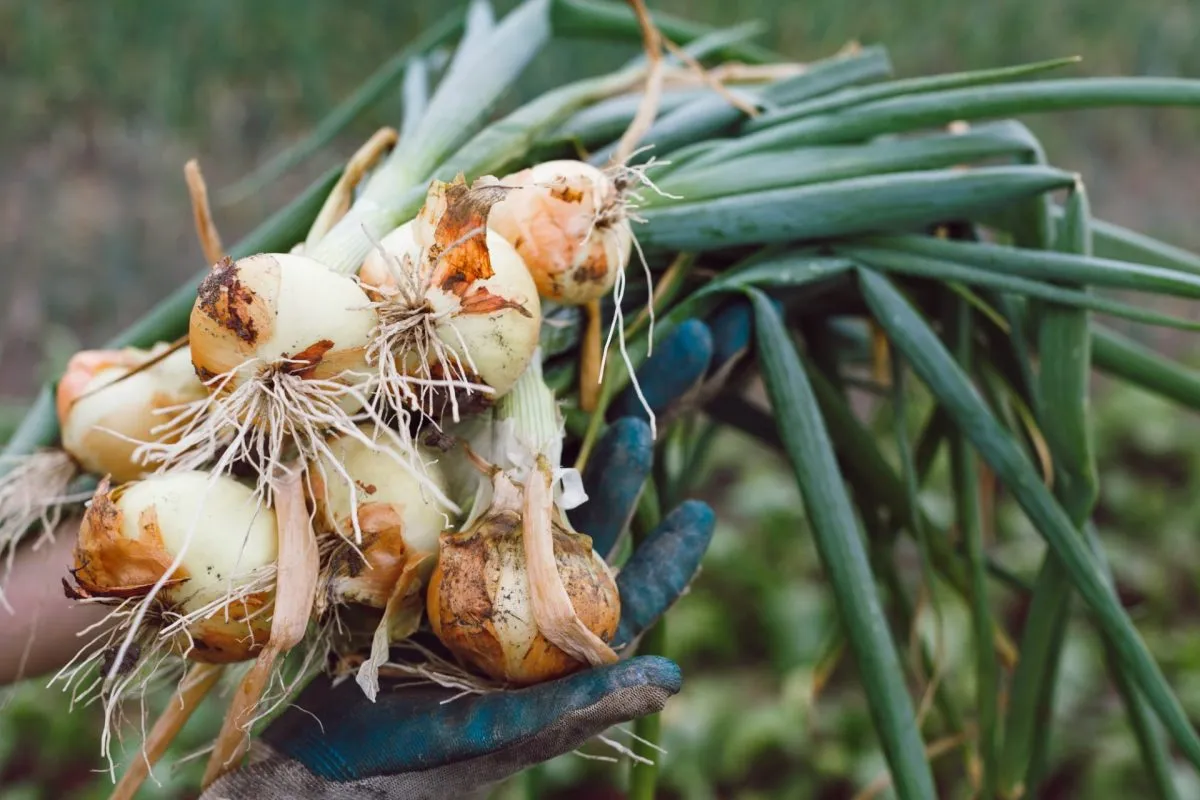

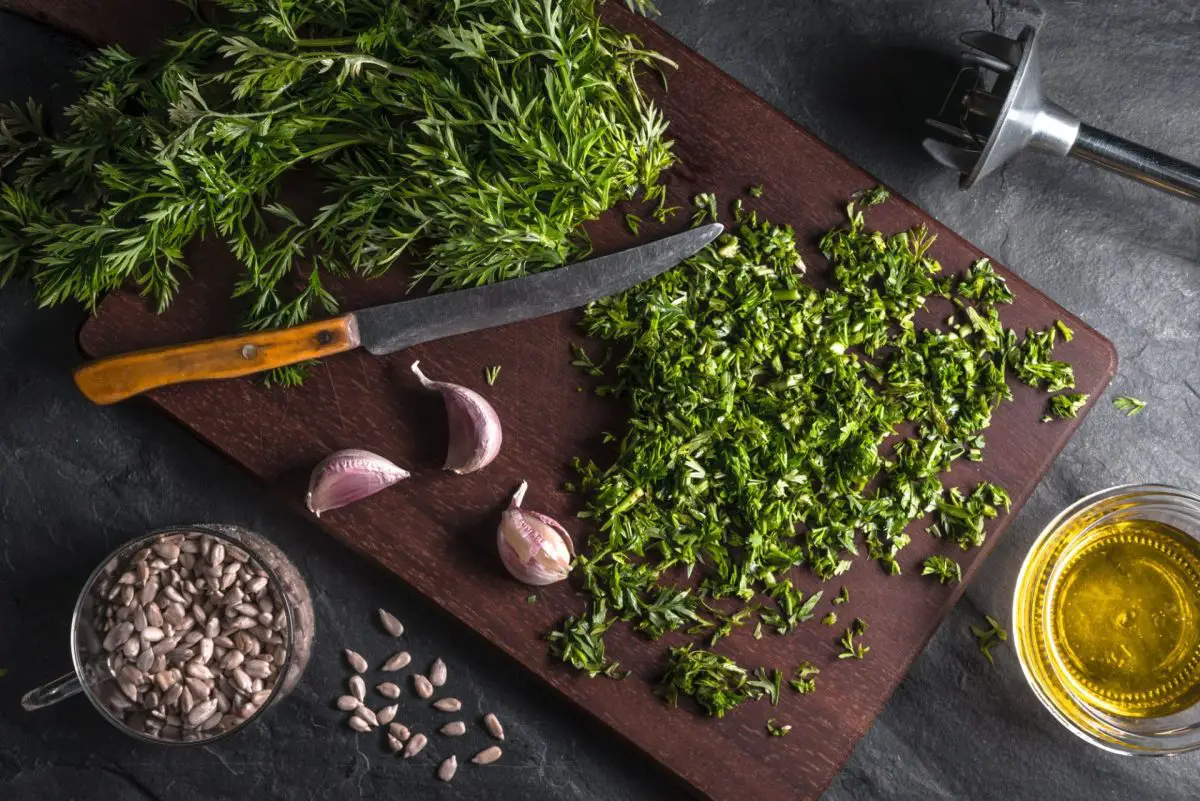
Start a new Thread